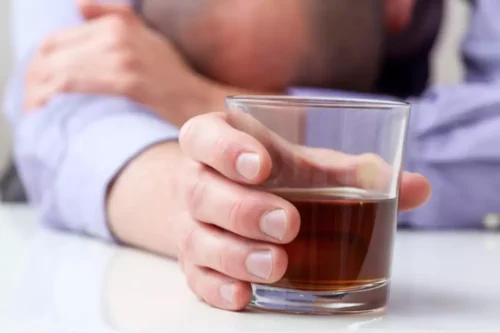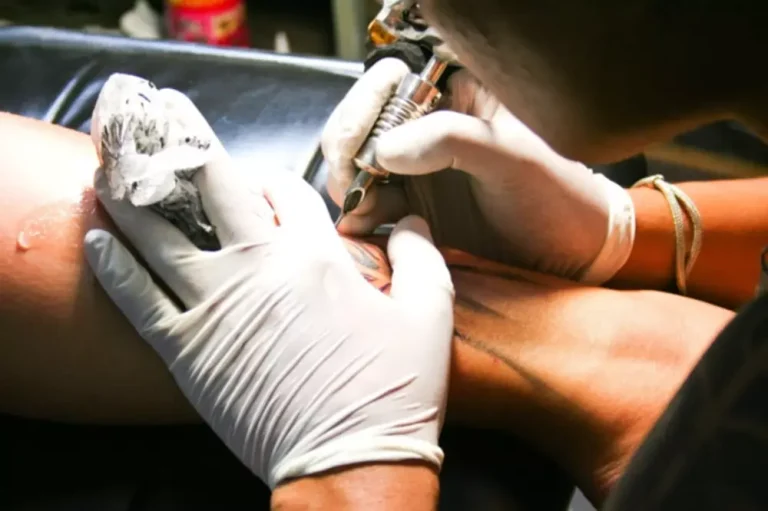
Twelve-step programs conceptualize addiction as a disease, and therefore complete abstinence is the desired outcome. “Working” a 12-step program involves a series of steps, which include behaviors such as admitting that one is powerless over addiction (Step 1), asking God or a higher power to remove shortcomings (Step 7), and carrying the 12-step message to other alcoholics/addicts (Step 12). Another class of interventions involve those designed to teach individuals specific skills and strategies that are used to reduce alcohol and drug use and limit the likelihood of experiencing substance-related problems.
Substance Use and Addiction in Athletes: The Case for Neuromodulation and Beyond
- The system was directed by the head of Russia’s anti-doping laboratory, Grigory Rodchenkov, who sourced and controlled the supply of substances and provided oversight of hundreds of Russian athletes’ dosing and use via the country’s Sports Ministry.
- Opioid use over an NFL career is estimated to be around 52% with 4% using at any given time, whereas one-quarter to one-half of high school athletes have used nonprescription opioids with a lifetime opioid use between 28 and 46% [5,26].
- Six other teams pulled out in protest including Dutch team TVM who left the tour still being questioned by the police.
- However, blood-doping has been found to “thicken” blood, increasing the chances of hypertension, blood clots, stroke, and heart attacks.
- This immense time commitment might be another roadblock for those seeking rapid recovery in the context of the sporting world pressures.
Amateurs and recreational athletes are included anti-doping’s remit and they may be punished in the same way as elites for anti-doping rule violations, regardless of their athletic ambitions. This reflects an individual/athlete-centred view of doping that places the policy focus and responsibility squarely on the athlete (Dimeo & Møller, 2018). Ignoring factors such as the level of competition or age of the athlete in question, further reinforces the potentially harm- and stigma-producing, punitive approach even in cases where the fair-play ideal is not really at stake. Of course, both of these discursive frameworks around drug use – as disease or deviance – locate pathology in the individual, not the environment. Currently, good data exist related to substance misuse and addiction in adolescent and college athletes primarily with the predominant substance being alcohol to date.
- Proponents of allowing athletes to use stimulants argue that Air Force pilots, long haul truckers, and others use stimulants without stigma, and that their use does not lessen the integrity of the game.
- But there’s no proof that creatine helps you do better at sports that make you breathe at a higher rate and raise your heart rate, called aerobic sports.
- Before 1998, debate was still taking place in several discrete forums (IOC, sports federations, individual governments), resulting in differing definitions, policies, and sanctions.
- Another systematic review indicated higher levels of alcohol use and violence in the athletic population compared to non-athletes [15].
Human growth hormone
Most of these programs have focused on alcohol use, and their specific content can vary widely and include both alcohol-specific topics and general lifestyle factors (Larimer & Cronce, 2007). Overall, empirical support for these types of programs has been mixed, which is not surprising considering the diversity drug use in sports of approaches (Cronce & Larimer, 2011). One important doping scandal since WADA’s founding was revealed in 2015 when whistle-blowers provided evidence to news outlets that Russia had been engaged in a state-sponsored doping system that implicated the Russian Anti-Doping Agency (McLaren, 2016a).

The dark side of the Olympics: How doping has shaped the Games
However, side effects of HGH include joint pain, muscle weakness, diabetes, carpal tunnel syndrome, enlarged heart, and hypertension. If they are addicted to another substance like alcohol, athletes may make bad decisions like drinking before a competition to stave off the symptoms of withdrawal. This pressure worsens addictions and leads to athletes staying silent, rather than getting the help they need. This list is only a partial look at the potential side effects that can accompany the use of anabolic steroids.
- Erythropoietin (EPO) is largely taken by endurance athletes who seek a higher level of red blood cells, which leads to more oxygenated blood, and a higher VO2 max.
- To learn more about the use of prohibited substances in sport visit the Sport Integrity Australia website.
- However, most of them indicated their use was for social purposes and not anything relating to sports.
- For now, it would seem that the best approach is to discourage use and be there to help those who fall into the trap of using performance-enhancing drugs in sports.
Drug abuse in athletes
As with any drug use, the exact reasons an athlete turns to drugs in sport are personal. However, a common factor is—as one would assume—improved performance and physical condition. Essentially all of these substances have side effects, even the ones which are found naturally in the body. Such endurance races eventually increased in popularity to the extent where participants stood to win rather impressive prizes. It proved to be a worthy incentive for the athletes to consume substances to improve their performance, even with the side effects that many of them caused, such as psychosis. HGH detection requires blood testing, and the NFL’s PED policy states that 20% of each team’s players will be blood-tested at random each year in training camp.


This substance increases how much oxygen the muscles get, which helps keep them non-fatigued and primed. However, synthetic versions have become very popular within the world of sports. When it occurs naturally, it helps teens grow their bones during puberty and strengthen the skeletal structure overall; in medical settings, it can be used to help those who are not producing enough during puberty or who are fighting certain diseases, such as HIV.

Materials and methods
This is one of the substances that can demonstrate the health risks of drug abuse in sports. For example, in the 90s, several cyclists died due to this drug, which increases the risk of cardiovascular https://ecosoberhouse.com/ conditions such as heart attack and pulmonary embolism. Although the medical concern is most significant for teens abusing drugs like PEDs, that is generally not where the media focuses.

